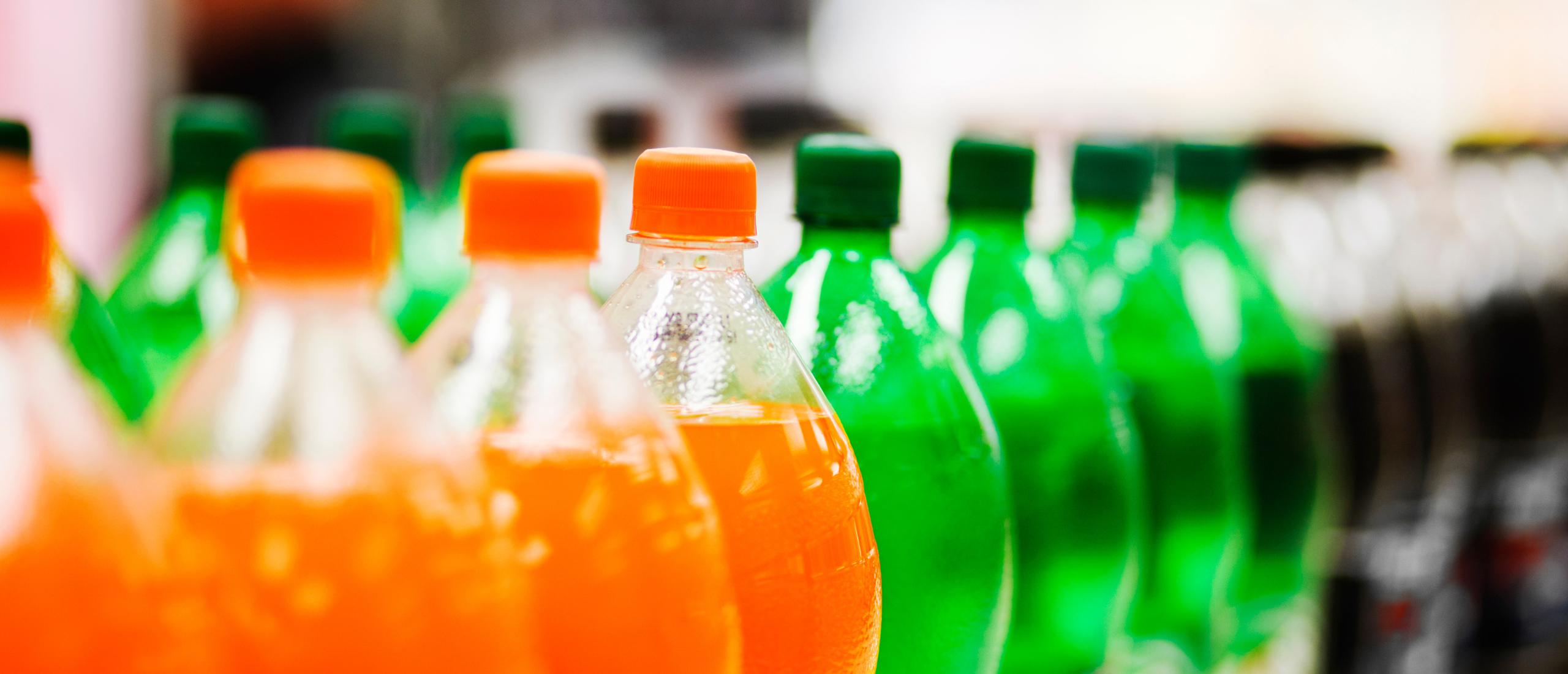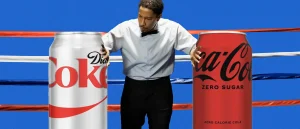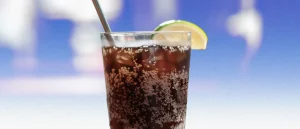FDA to Ban Toxic Ingredient Lurking In Your Favorite Orange Soda
- By Rebekah Harding
- April 16, 2024
S
ometimes, cracking open a colorful fizzy beverage hits the spot, but you may want to start picking up healthier soda options for when that craving strikes.
The U.S. Food and Drug Administration (FDA) is calling for a ban on the food additive, brominated vegetable oil (BVO)—which is primarily found in soda—after research on animals suggested the food additive could have potentially toxic effects for human health (1, 2).
While it’s not found in as many of your favorite soft drinks and sports beverages these days, it can still be found in more than 80 food items nationwide, as reported by the Environmental Working Group (3).
BVO is already banned in Japan, India and several countries within the European Union, notes Lena Bakovic, M.S., R.D.N. The ingredient was also banned in California in 2020, with the regulation set to go into full effect by 2027. But, the recent FDA proposal could lead to an even sooner ban nationwide.
Here’s everything you need to know about what BVO is, why it’s been on the chopping block since 1970, and what the potential health risks are associated with consuming it.
About the Experts:
Jesse Feder, R.D.N., is a personal trainer and registered dietitian with a special interest in preventative medicine and clinical nutrition.
Lena Bakovic, M.S., R.D.N., C.N.S.C., is a registered dietitian at Top Nutrition Consulting. She specializes in chronic disease, weight management, gut health, and oncology.
What Is Brominated Vegetable Oil (BVO)?
Brominated vegetable oil, or BVO, is often found in citrus-flavored sodas and beverages. BVO is derived from vegetable oils, such as soybean or corn, and is treated with bromine, a chemical element that is added to some foods to change their texture (4).
“BVO is used in some soft drinks and certain food products as an emulsifier to prevent the separation of oil from water,” says registered dietitian Jesse Feder, R.D.N.
BVO helps to equally distribute the flavoring in citrus-y sodas. Without BVO, that flavoring would consolidate and float up to the top of the bottle while the soda water sits beneath it.
Why Is the FDA Banning BVO?
While BVO makes the consistency of flavored sodas, well, drinkable, the FDA has been suspicious of BVO for over 50 years. Most recently, the agency conducted its own animal studies in collaboration with the National Institutes of Health (NIH) and concluded that BVO was not safe for humans to eat at all (2). Consequently, they proposed a rule that would ban the use of BVO in food, revoking the previously allowed dose of 15 parts per million (ppm) (4).
As it turns out, consuming excess bromine can cause serious side effects, including thyroid damage, says Feder. For context, your thyroid needs iodine to produce the hormones thyroxine and triiodothyronine, which regulate metabolism and protein synthesis (5).
“Bromine can cause iodine deficiencies, since iodine and bromine compete for the same receptors in the body,” Feder says.
The FDA first noted that BVO was no longer “Generally Recognized as Safe” (GRAS) in 1970, due to toxicity concerns of the previously allowed dose of 150 ppm (6). However, the Flavor and Extract Manufacturers Association swept in and submitted a petition to the FDA to approve using the additive at 15 ppm—and the rest is history (6).
Now, recent studies conducted by the FDA and NIH suggest that BVO may be toxic to the thyroid, which regulates your blood pressure, body temperature, heart rate, metabolism, and your body’s reactions to other hormones, like estrogen, testosterone, and progesterone (4, 2).
“This is why BVO can cause negative changes in thyroid function and associated hormones,” Feder adds.
BVO is also fat soluble, and researchers suspect it could build up, and linger, in your fat tissue overtime (7). However, further research is needed to uncover the long-term risk of eating products with BVO.
What Sodas Still Have BVO?
Many popular soda brands, like Coke and Pepsi, voluntarily removed BVO from their products in 2014, and have stayed BVO-free since. But other sodas still sneak this abbreviated additive into the alphabet soup on the nutrition label.
Sun Drop, a citrus-flavored soda by Keurig Dr. Pepper, still contains BVO. Two Walmart brand sodas, Orangette and Great Value Fruit Punch, also contain the potentially toxic ingredient (3).
Spotting BVO on labels can be tricky. Sometimes brands will list BVO as “brominated soybean oil” or “brominated corn oil,” which can be easy to miss if you’re scanning for “brominated vegetable oil” or “BVO.” Bakovic notes that BVO is typically one of the last ingredients on a nutrition label.
The FDA hasn’t said when the BVO ban will go into effect.
References
1. FDA Statement. FDA Proposes to Ban Food Additive, Continues Assessments of Additional Chemicals
2. Woodling, et al (2022). Toxicological evaluation of brominated vegetable oil in Sprague Dawley rats.
3. Environmental Working Group. Food Scores: Brominated Vegetable Oil.
4. FDA. Brominated Vegetable Oil (BVO)
5. National Institutes of Health. Iodine.
6. Federal Register. Revocation of Authorization for Use of Brominated Vegetable Oil in Food.
7. ScienceDirect. Bromine.












